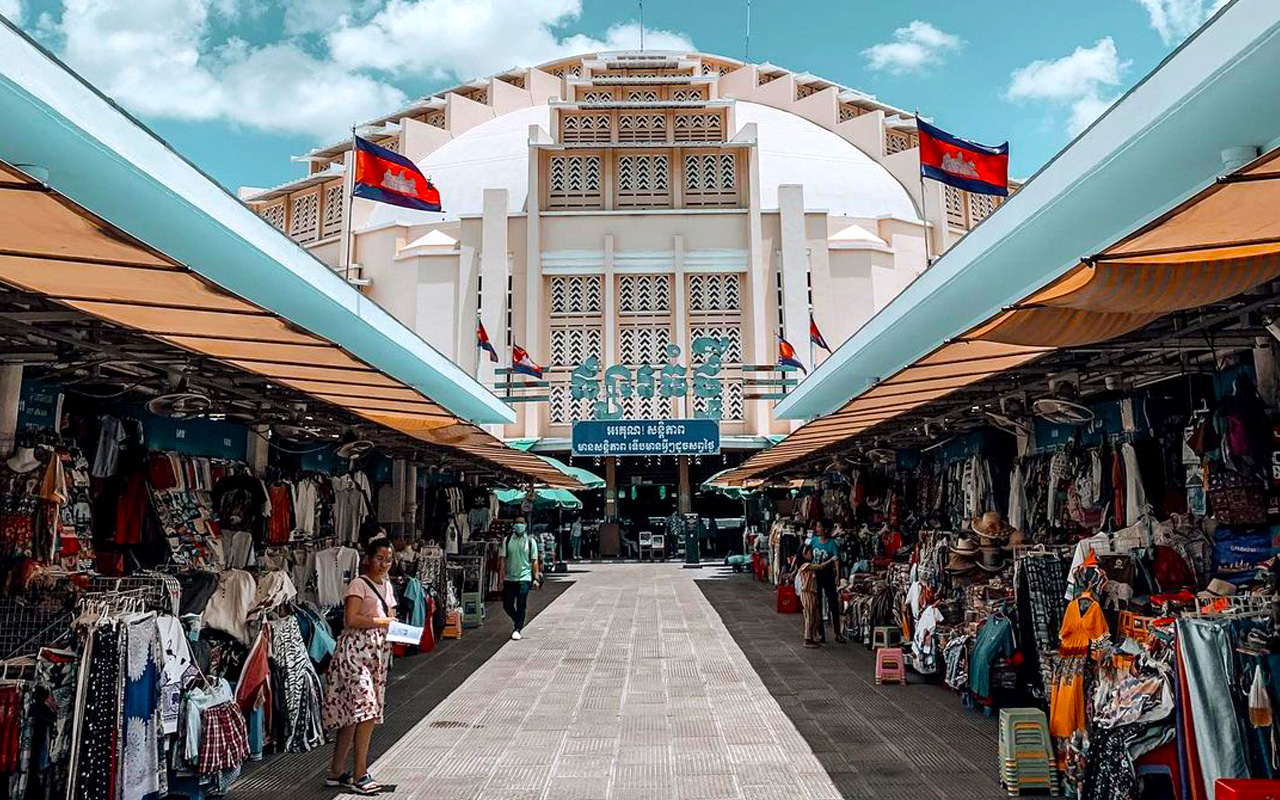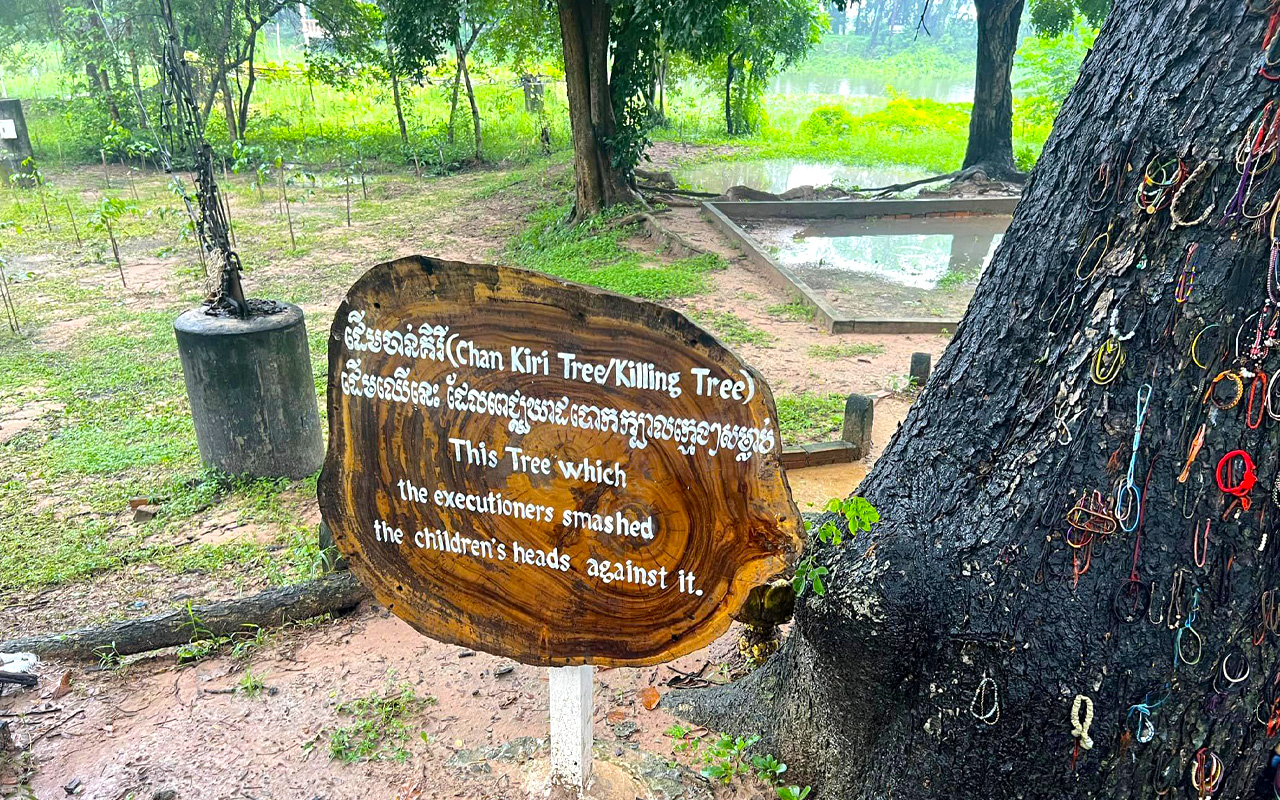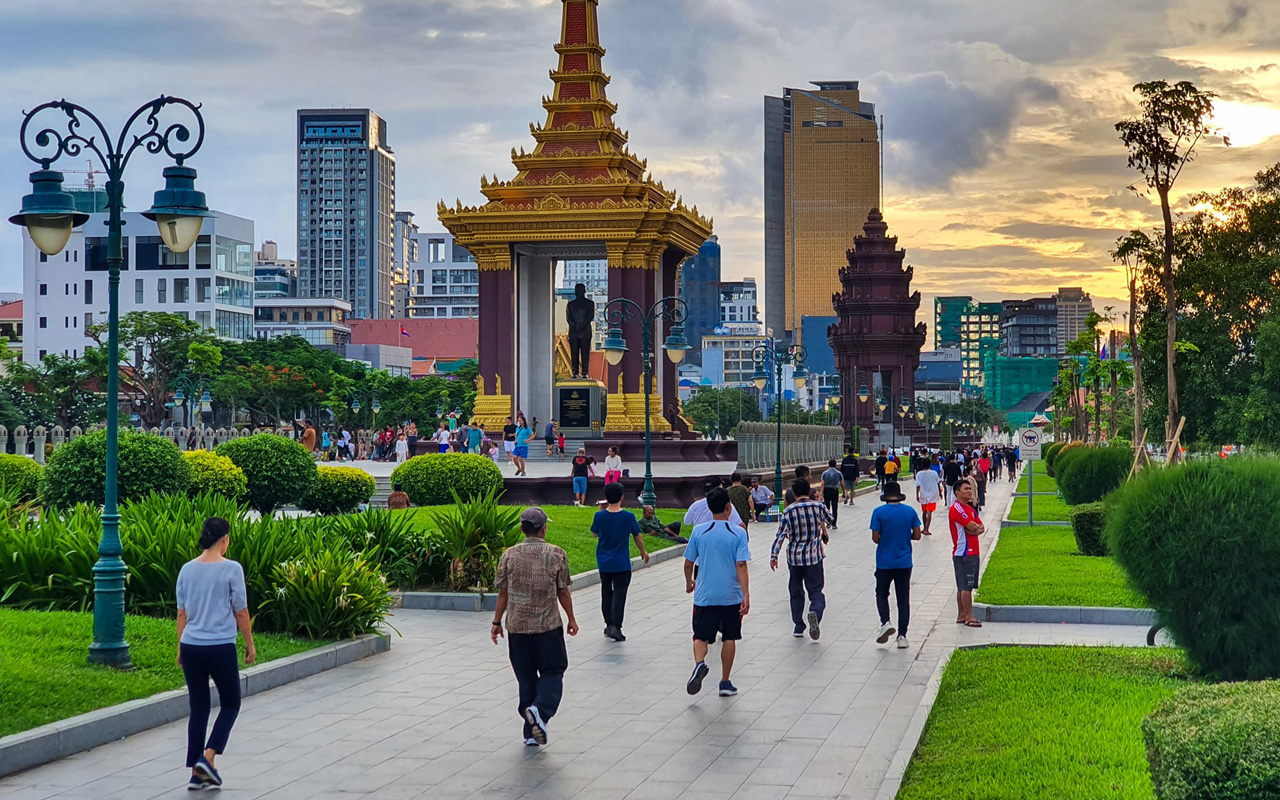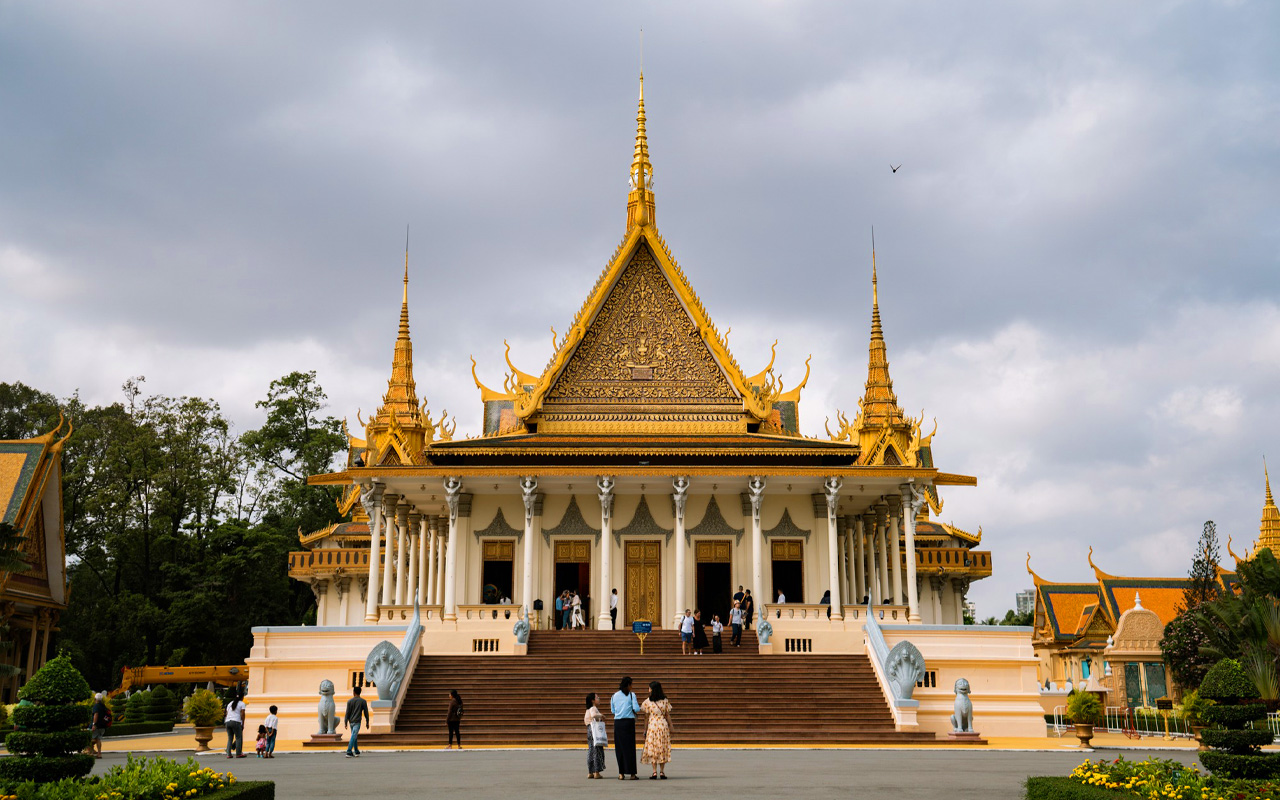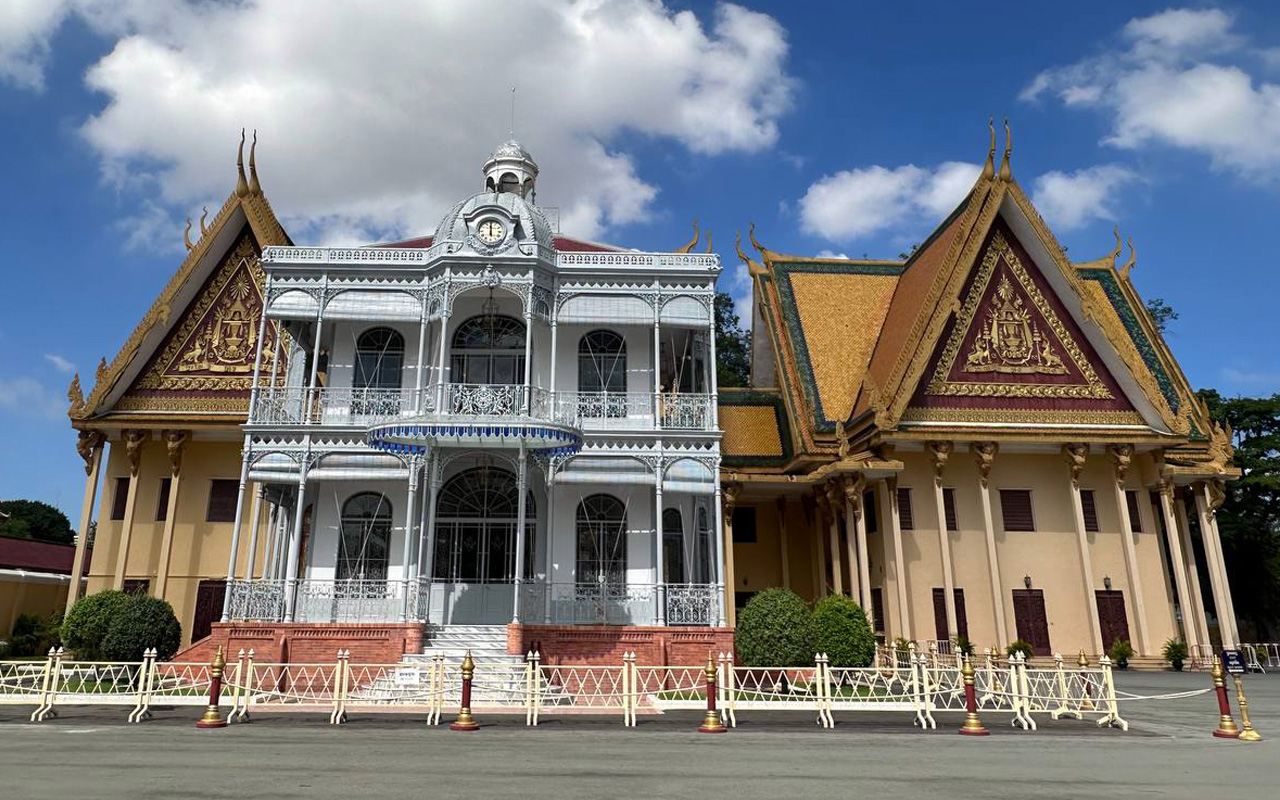PLACES TO SEE IN CAMBODIA!
Cambodia is the small charming country in Southeast Asia but has a huge amount to discover. It’s hard to believe so many wonders could be contained in such a small area. Cambodia’s choppy history is outshone by the wonderful warmth of the people and the inconceivable attractions that the country has to offer.
To insure you truly deep yourself in the local culture we pack every single one of our holidays in Cambodia with trustworthy cultural experiences.
Tourists may be learning all about the cultivation and production of Kampot pepper as you tour a peaceful pepper farm in southern Cambodia’s lush countryside or visit at white beaches in Sihanoukville and Koh Rong Island, or explore the history temples of Angkor and Phnom Penh is the capital city and pearl also the home of Asian culture, you may also learn about the history ofthe killing field.
About Cambodia
Top Places to see in Phnom Penh
Central Market (Phsar Thmei)
Situated at the center of the city ផ្សារធំថ្មី, Phsar Thum Thmei /The Central Market, is a market and an art deco landmark in Phnom Penh, the capital of Cambodia. The yellow building completed in 1937 has a 26-metre high central dome, with four tall arch-roofed arms branching out diagonally across the block, creating vast hallways housing countless stalls and a variety of goods.
Cheung Ek Killing Field
Situated about 17 kilometres (11 mi) south of the city centre, Choeung Ek ជើងឯក is a former orchard in Dangkao, Phnom Penh, Cambodia, that was used as a Killing Field between 1975 and 1979 by the Khmer Rouge in perpetrating the Cambodian genocide, The bodies of 8,895 victims were exhumed from the site after the fall of the Rouge.
Independence Monument & Park
“វិមានឯករាជ្យ” The Independence Monument in Phnom Penh, capital of Cambodia, was built in 1958 to memorialised Cambodia’s independence from France in 1953. It stands on a roundabout in the intersection of Norodom and Sihanouk Road in the center of the city park. It is in the form of a lotus-shaped stupa, of the style of the temple at Banteay Srei and other Khmer historical sites.
National Museum of Cambodia
សារមន្ទីរជាតិ just next to the Royal Palace, The museum houses is one of the world’s largest collections of Khmer art, including sculptural, Khmer ceramics, bronzes, and ethnographic objects. Its collection includes over 14,000 items, from prehistoric times to periods before, during and after the Khmer Empire and were constructed between 1917 and 1924
Royal Palace of Cambodia
Situated at the Western bank of the confluence of the Tonle Sap River and the Mekong River called Chaktomuk ព្រះបរមរាជវាំង, The Royal Palace of Cambodia is a complex of buildings which serves as the royal residence of the King of Cambodia. Built between 1866 and 1870, and was demolished and rebuilt between 1912 and 1932, largely in the traditional royal style common to Southeast Asia.
Silver Pagoda
Located on the south side of the Royal Palace in Chey Chumneas, Phnom Penh, The Silver Pagoda also known as Wat Preah Keo Morakot (វត្តព្រះកែវមរកត). The vihara houses store many national treasures including many golds and jeweled Buddha statues. The most significant are a small green crystal Buddha (the “Emerald Buddha” of Cambodia.
Tuol Sleng Genocide Museum (S21)
សារមន្ទីរឧក្រិដ្ឋកម្មប្រល័យពូជសាសន៍ The Tuol Sleng Genocide Museum is a museum chronicling the Cambodian genocide. Located in Phnom Penh, the site is a former secondary school which was used as Security Prison 21 (S-21; Khmer: មន្ទីរស-២១) by the Khmer Rouge regime from 1975 until its fall in 1979. From 1976 to 1979, an estimated 20,000 people were imprisoned at here.

